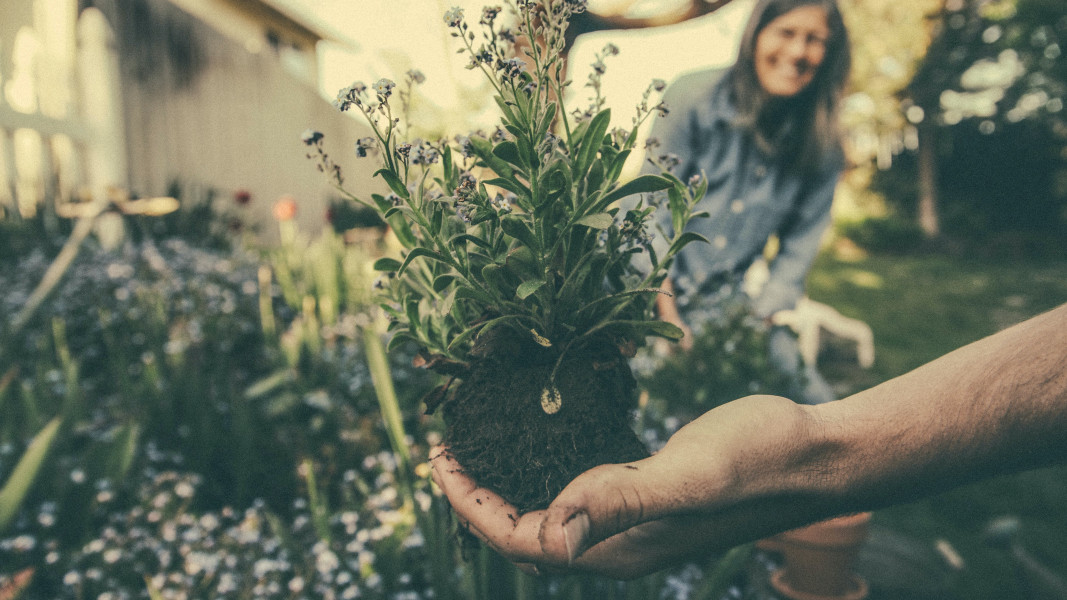Your Garden in During The Summer
The abundant flowering plants in the gardens and on the balconies and courtyards lift the spirits of every garden lover. But beautiful summer gardens do not appear just like that, without regular care and attention.
First of all, you need to regularly remove dead inflorescences. This is especially important for curb roses and rose bushes. Dead inflorescences should be cut along with the first two leaves below them. Prune delphiniums and other perennial herbaceous plants as soon as they stop flowering. Then they usually bloom again.
When the heat comes in the middle of summer, you need to grab a watering can or hose and help the garden. It is preferable to water the plants in the morning or evening, not in the middle of the day when it is hottest. Plants should be watered at the base, near the roots, not in the leaves.
Weeds are easily removed when it is hot. Pluck weeds on sunny summer days with a D-leveling hoe, for example, and just let them lie on the ground. Withered weeds will form an additional layer of mulch for the soil and prevent it from drying out. If you do this regularly, your garden will soon become a weed-free zone.
Garden Care in The Summer
Today we will tell you a series of tricks to keep your garden healthy during these months. As no climate is the same, even within the same zone there may be a microclimate, so it is important to observe the garden well throughout the year, to know how to detect possible changes or problems that may arise .
Also, not all plants need the same care: some will need more or less watering or more or less sun. In summer, pests are always on the alert, as they need to get enough food to survive the winter. Therefore, if we are mistaken, at least our plants can fall prey to aphids, powdery mildew or other insects. And since there is no better remedy than prevention, there is nothing like proper care.
To distinguish and separate the different gardens according to climate, we classified them into two: wet gardens typical of areas with high rainfall and dry gardens more typical of hot climates and with significant drought problems.
Caring For a Wet Garden
To keep our wet garden healthy, you will need to pay close attention especially to watering. Mushrooms are one of the worst characteristics that a garden with these characteristics can have, because they love moisture and can immediately sneak into our plants and cause them a lot of damage.
Thus, to avoid unnecessary risks, it is highly recommended to have local plants that can withstand the climatic conditions of our garden. For prevention it is worth adding a fungicidal product (if possible natural) in the irrigation before and after the rains.
Care of The Dry Darden
The most common problems of dry gardens are undoubtedly the drought and all that it leads to, i.e. ulcers. Insects such as aphids, spider mites or powdery mildew will do anything to feed. To avoid opportunistic diseases and / or problems, we will not overdo it with water. In general, we must take into account that:
- Trees and shrubs: should be watered once a week, except for young specimens or those that are planted for a short time, which should be two.
- Palms: it is recommended to water twice a week. In the summer it will be extremely important to treat them against the red weevil and the archon Paysandisia. Two pests that can seriously affect them.
- Cacti and succulents: watering weekly.
- Grass and garden plants: water daily.
As in wet gardens, it is best to have native plants or those that come from a similar climate. These are undoubtedly the best guarantee of success, because with them you can save water and money.
Seasonal Flowers for The Summer
Early summer is the perfect time to move flowers planted in garden pots and plant supports in the yard.
The months of July and August, which bring hot summer days, are not the best time to plant flowers (except for the beginning of autumn). During this season, we recommend that you spend as little time as possible in the hot sun, so do watering and caring for flowers only in the early morning or evening, when the outside temperature is milder. And since this season is perfect for spending whole days under an umbrella in the yard, we suggest you put garden chairs and a table on the terrace, from which everyone can watch and enjoy your flower garden.

